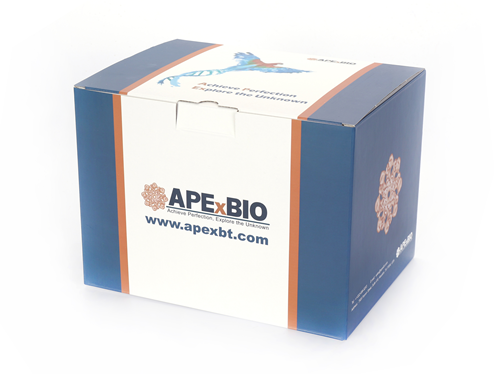Nanobacteria Removal Reagent (500X)
Nanobacteria Removal Reagent (500X) is intended for eliminating nanobacteria contamination widely found in cell culture experiments, particularly within serum-supplemented media. Nanobacteria, frequently referred to as "black dot contamination," appear as small, motile particles resembling Brownian motion under microscopic observation. Common antibiotics such as penicillin, streptomycin, and gentamicin do not effectively control these organisms, necessitating targeted agents. This reagent contains antibiotic-based components specifically formulated to remove nanobacteria without cytotoxic effects, thus minimally affecting cellular proliferation. It is suitable for use in routine cell cultures, stem cell maintenance, and primary cell isolation procedures.

Figure 1: From left to right, untreated contaminated cells, using competitor A's Nanobacteria removal reagent, and using this product. The results showed that the untreated contaminated cells grew slowly, while the growth rate of the cells was significantly faster and comparable with the use of competitor or this product.
| Shipping | Dry ice. |
| Storage Conditions | Stroe at -20°C away from light for 1 year. |








